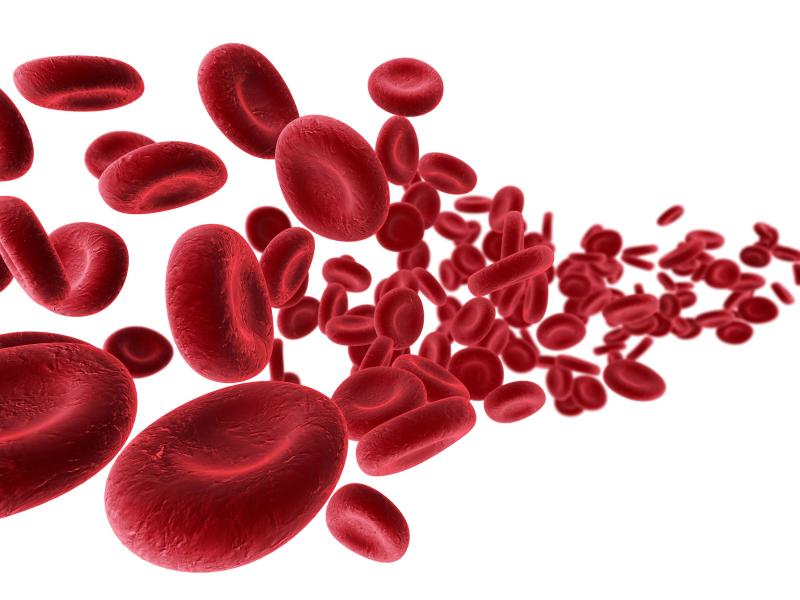
Postdischarge bleeding following acute coronary syndrome (ACS) treated with or without percutaneous coronary intervention (PCI) results in a similar increase in subsequent all-cause mortality and has a prognostic impact comparable to postdischarge myocardial infarction (MI), suggests a study.
Of the 45,011 patients, 1,133 had postdischarge bleeding events (2.6 per 100 patient-years), and 2,149 succumbed to death during follow-up. Mortality risk was significantly increased <30 days (adjusted hazard ratio [aHR], 15.7, 95 percent confidence interval [CI], 12.3–20.0) and 30 days to 12 months (aHR, 2.7, 95 percent CI, 2.1–3.4) after bleeding.
The association between mortality and postdischarge bleeding was consistent in those treated with or without PCI for their index ACS (pinteraction=0.240). Notably, the time-related association between postdischarge bleeding and mortality was comparable to that between MI and subsequent mortality in patients treated with and without PCI (pinteraction=0.696).
In this study, the investigators performed a time-updated Cox proportional hazards analysis to assess the association between postdischarge noncoronary artery bypass graft-related GUSTO (Global Use of Strategies to Open Occluded Coronary Arteries) moderate, severe, or life-threatening bleeding (landmark 7 days post-ACS) and subsequent all-cause mortality.
Data were obtained from four multicentre randomized trials: Apixaban for Prevention of Acute Ischemic Events-2 (APPRAISE-2), Study of Platelet Inhibition and Patient Outcomes (PLATO), Thrombin Receptor Antagonist for Clinical Event Reduction in Acute Coronary Syndrome (TRACER), and Platelet Inhibition to Clarify the Optimal Strategy to Medically Manage Acute Coronary Syndromes (TRILOGY ACS).
The investigators assessed interaction with index treatment strategy and compared results with the risk for mortality following postdischarge MI.